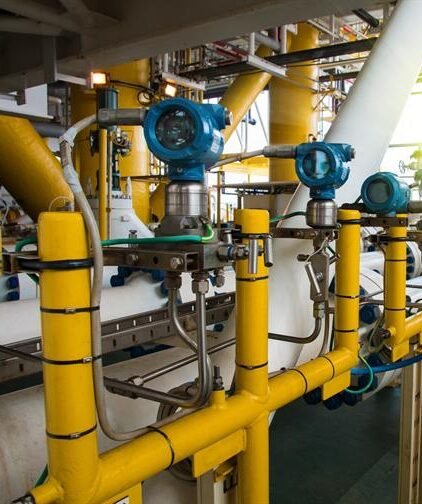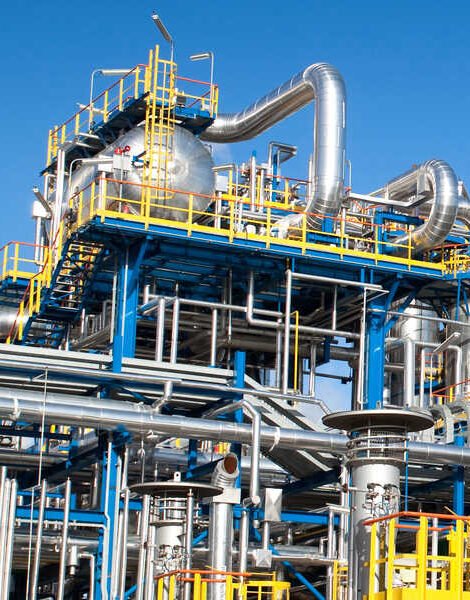Pre Fabrication
- Home
- Pre Fabrication
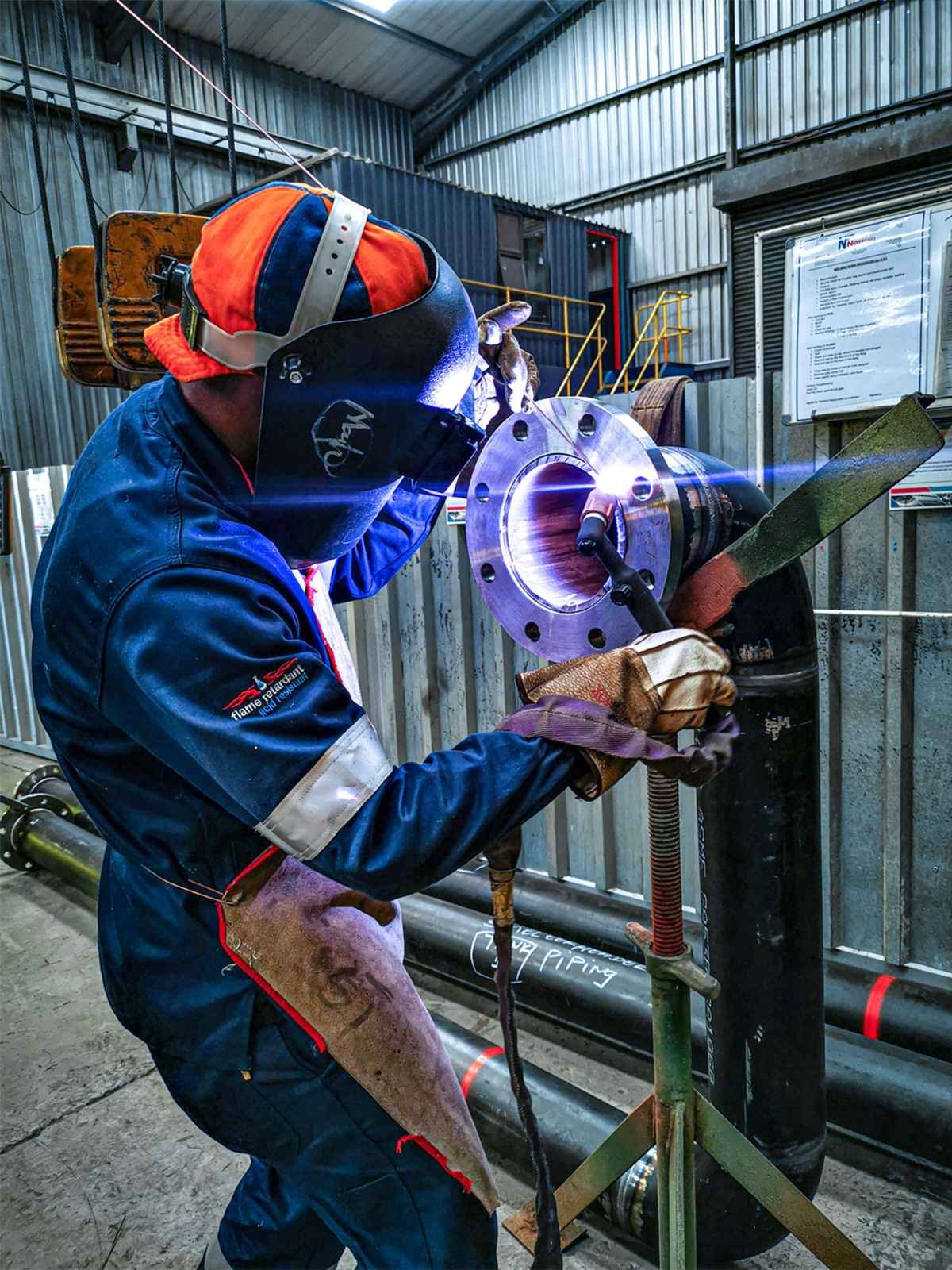
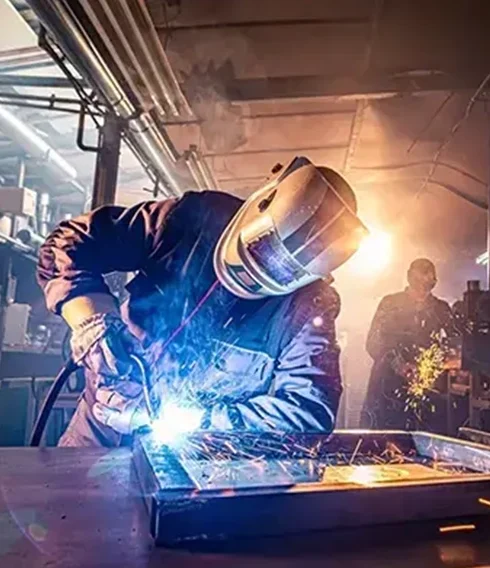
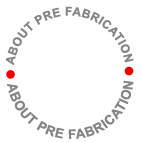
PRE FABRICATION
Unisserv has got a tie up with a hi tech fabrication facility with modern equipment’s and advanced welding technology with high quality assurance in india and in middle east to serve the clients. The facility is developed with a warehouse for material storage and divided into various workshops for structural, piping. machining, plates cutting, pipe rolling, vessels, assembly area, welding and blasting/ painting area.
Fabrication facility operates the philosophy to automate maintaining a consistent, quality fabrication with and high and manufacturing process. based on delivery schedule and project location, we are able to manufacture and supply through our associates.
Commitment for delivery
Our Pre-fabrication process of constructing components or elements of a project off-site, typically in a controlled factory environment, before they are transported and assembled at the final location. In the context of a commitment for delivery, pre-fabrication involves the preparation and assembly of parts or systems in advance of the actual construction or installation, ensuring that these elements are ready for timely delivery and integration into the overall project.
- Time Savings .
- Quality Control.
- Reduced On-Site Labor.
- Predictable Delivery.
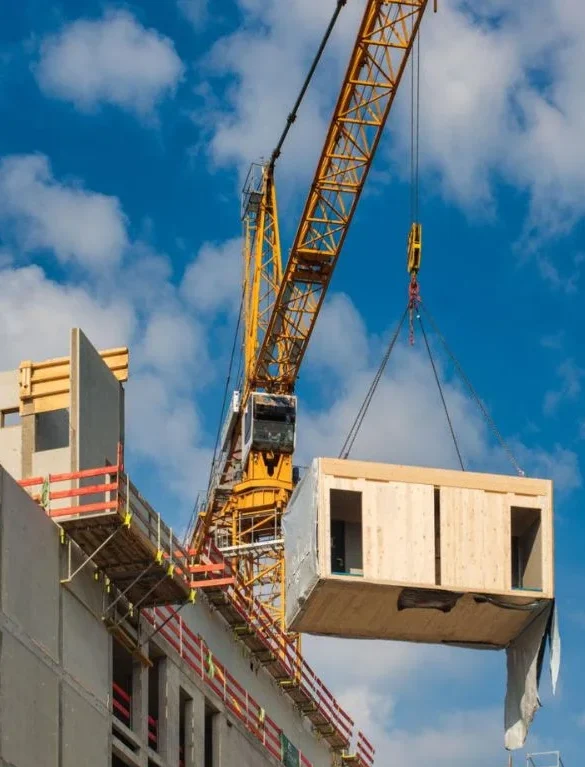
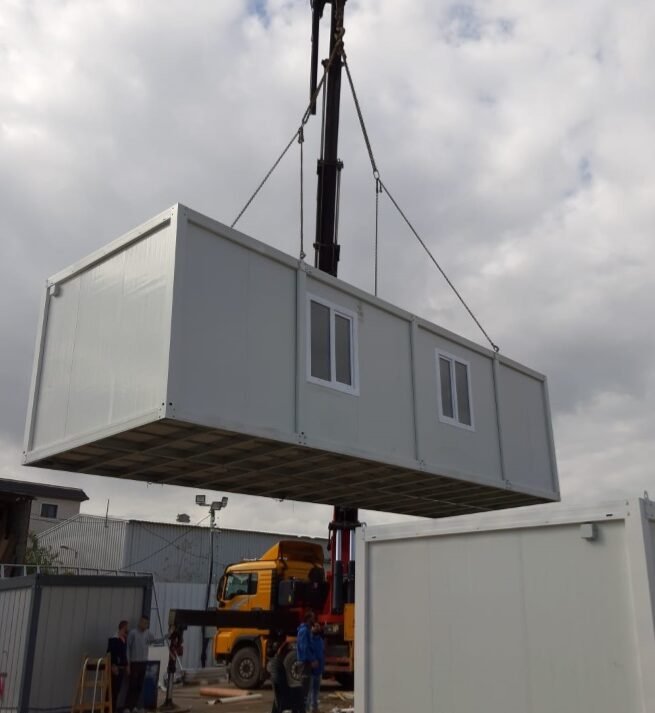

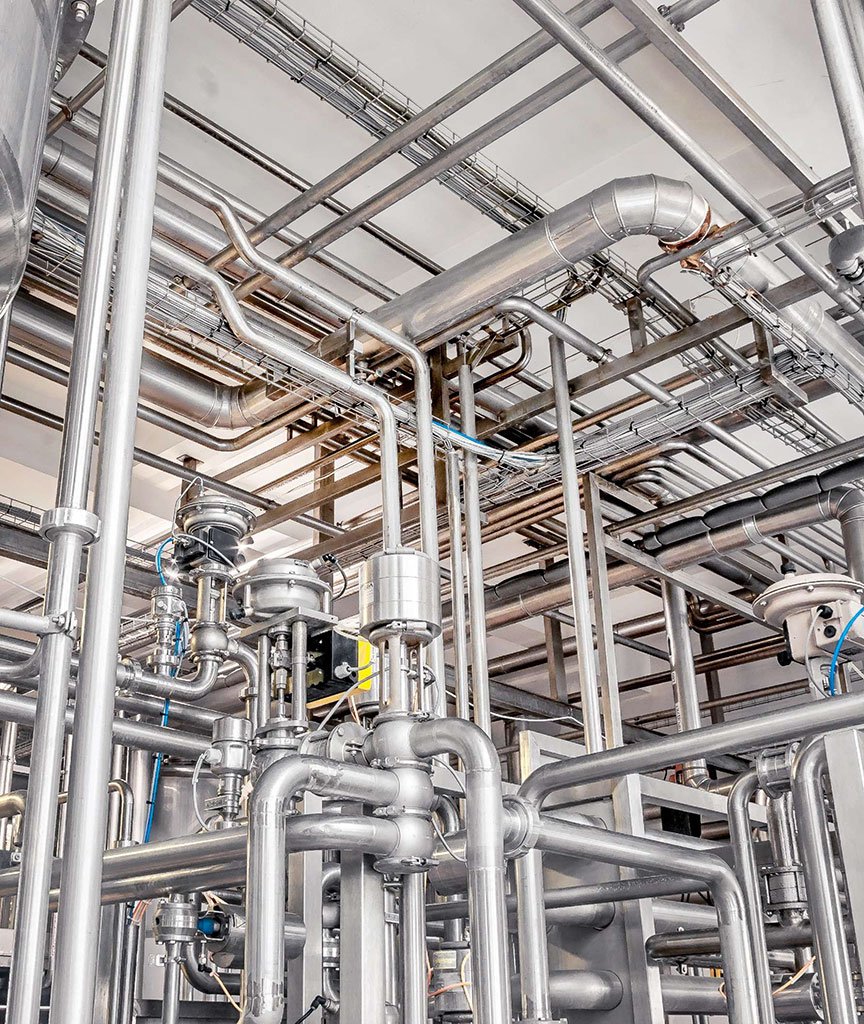
Ability to meet fast track fabrication schedules
Our Pre-fabrication process of manufacturing components or assemblies in a controlled, off-site environment before they are transported and assembled at the final construction site. This approach is commonly used in industries such as construction, shipbuilding, and manufacturing, and it can significantly improve the efficiency of a project.
Time Efficiency.
Reduced Site Disruption.
Predictable Timelines.
Quality Control.
Logistics and Coordination.
Standardized fabrication procedures.
Our Pre-fabrication process of assembling components or parts of a structure or product in a controlled, factory environment before they are transported to the final site for installation or assembly. This method aims to improve efficiency, consistency, and quality by producing elements in a standardized, repeatable manner.
Design Standardization.
Quality Control.
Cost Efficiency.
Speed and Flexibility.
Reduced Waste.
Scalability.
Transport and Assembly.
